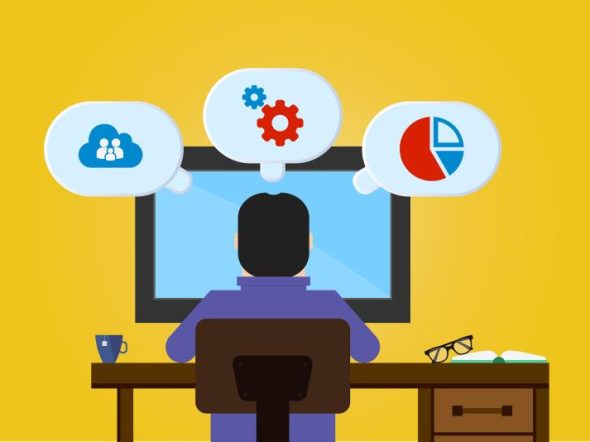There is a lot to know about each stage of the software development lifecycle. The SDLC is the end-to-end process for building top-quality, feature-rich software at the lowest cost.
It is widely understood, accepted, and utilized throughout the programming industry. In fact, it can be universally applied to nearly any type of development project – including mobile apps, custom video games, or enterprise sales performance management software.
As a software developer, you should understand the steps for producing and releasing applications. This way, you can better understand, strategize, manage, and optimize your software delivery process.
To get started, read on to understand the different stages of the software development lifecycle.
Requirements Analysis
Before any actual development can begin, the SDLC encourages you to gather and carefully analyze system requirements. In this introductory step, you must identify key stakeholders, project managers, beta testing users, and other personnel.
Then, you can begin to specify, categorize, and prioritize requirements.
Once these are documented, they can easily be interpreted and recorded. Since this process tends to get complex, it helps to draft a software requirement specification, or SRS.
This will highlight the hardware, system, and network needs for the target application. Surely, requirements analysis is an essential first phase of the software development life cycle process.
Tech Stack Configuration
The next software development cycle step involves configuring an advanced, scalable tech stack.
During this stage, you need to integrate all the necessary development tools, programming resources, and supporting technologies used throughout the process.
For example, a JFrog Docker hub can be used for built-in security functionality and advanced CI/CD integrations.
Or, you can install a Docker registry to securely host, distribute, and manage containerized software images.
These resources give you the functionality needed to accelerate, optimize, and secure the image-building process. Once your tech stack is ready, you are ready to move on to designing, developing, and deploying the software.
Certainly, tech stack configuration is a crucial phase in the software development life cycle.
Prototype Design And Development
Now, you are ready to start designing and developing prototypes.
Prototyping gives you a clear way to envision architecture, user interfaces (UIs), platforms, and functionality before actual development begins.
It can be considered an early, partially working of your prospective software program.
It gives IT project managers (PMs) and other stakeholders a basic understanding of how your application will look and function. Once presented, you can receive feedback to improve, optimize, or modify your software.
Ultimately, making these changes will be much cheaper and easier before the actual development phase begins.
Indeed, prototype development is another necessary phase in the software development life cycle.
Software Development
At this point, it is time for actual software development to begin. This SDLC stage is where the code is written, and the product is produced. Follow detailed standards, recommendations, and guidelines throughout the code generation process.
This way, you can avoid simple human errors and produce readable source code. You should also work with different code editors, debuggers, compilers, and interpreters throughout the process. These help you save time, minimize errors, and limit stress.
To avoid any costly development mistakes, you should have your work regularly reviewed during this stage. In fact, even experienced programmers commit to daily or weekly code reviews.
Or, you can always write code in collaborative build sessions. Absolutely, software development is one of the most vital phases in the SDLC.
System Testing
After successful software development, test your system for any bugs, defects, errors, or issues. In this phase, the software is inspected with multiple functional and non-functional testing models.
Multiple rounds of integration, smoke, sanity, and regression testing are conducted until user expectations are adequately met. If any errors are found, they can be passed back to the software development team – where they should be promptly fixed.
Quality assurance (QA) testers typically refer to the SRS document written during the requirements analysis stage for easier organization.
Definitely, system testing is a mission-critical step in the software development life cycle procedure.
There are several key stages involved in the software development life cycle.
The SDLC process begins with defining, collecting, analyzing, and documenting requirements. Next, developers need to configure their tech stack with the latest tools, resources, and supporting technologies.
Now, you are ready to start building and developing prototypes.
Afterward, it is time for actual software development to begin. Then, take some time to thoroughly test, inspect, and maintain your completed system.
Follow the points highlighted above to understand the different stages of the software development lifecycle.
